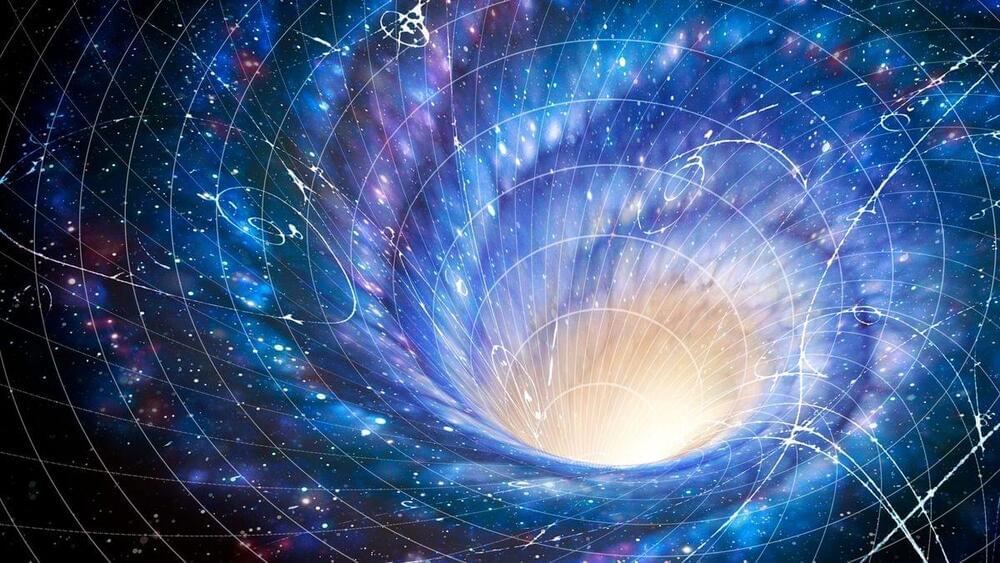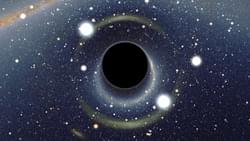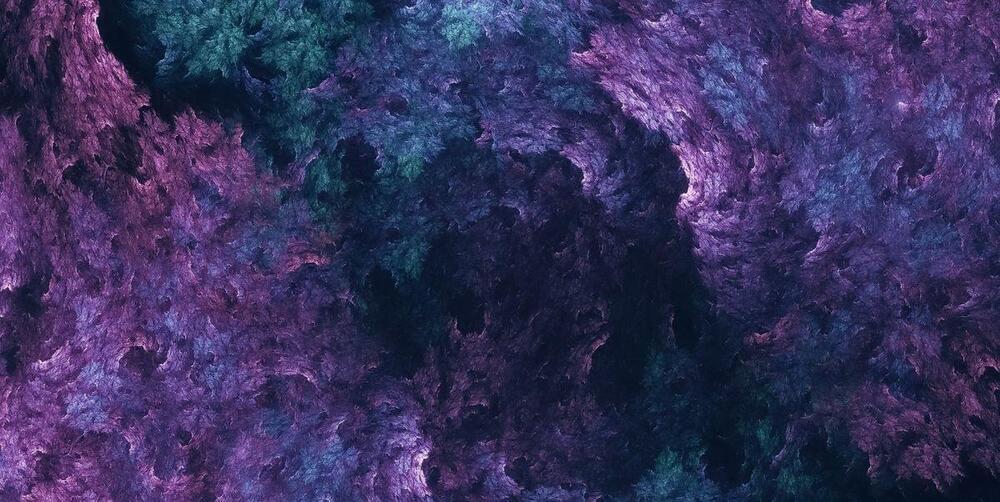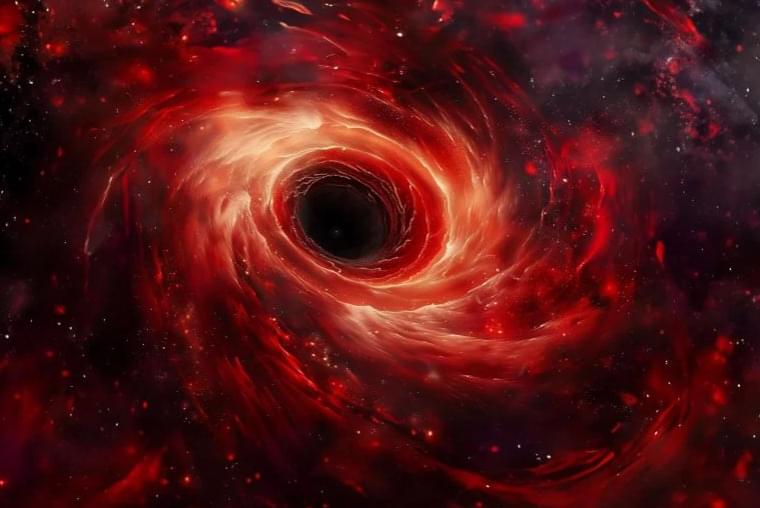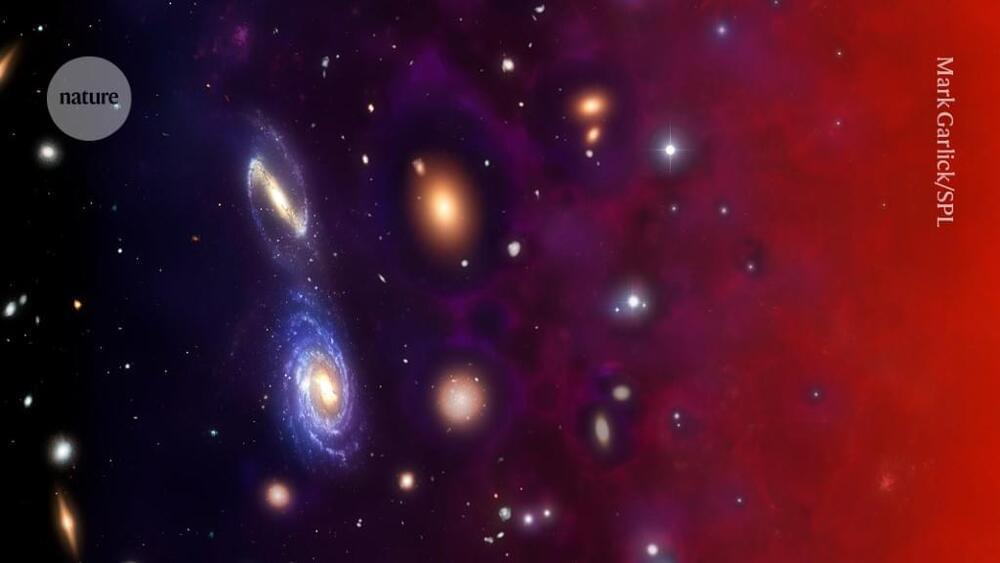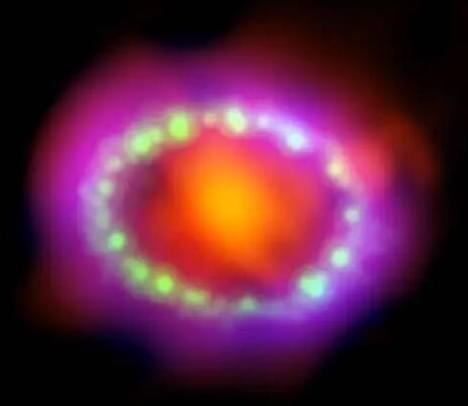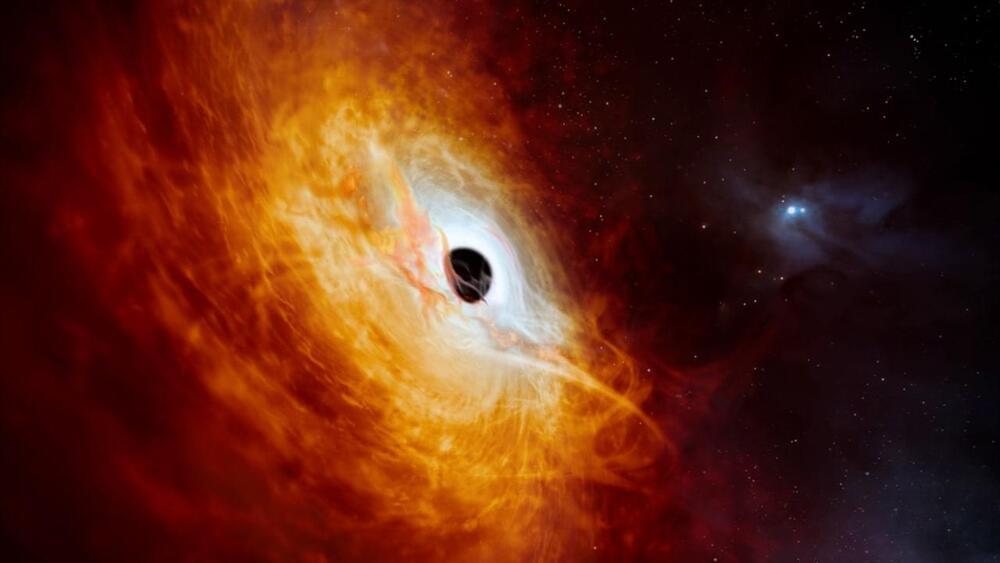If two points were ripped apart faster than light, they would no longer interact through any force of physics. Whereas a constant dark energy would leave behind already-intact objects, like clusters of galaxies, phantom energy could tear them apart. In a finite amount of time, billions of years from now, clusters would tear apart, followed by ever-smaller objects. Even atomic and nuclear bonds would not withstand the onslaught.
Eventually, space itself would dissolve in an event known as the Big Rip. Any two points, no matter how close, would be ripped infinitely far away from each other. The very structure of space-time, the causal foundations that make our universe work, would no longer behave. The universe would just break down.
However, luckily, most physicists do not believe this scenario can actually happen. For one, it’s unclear how this process of ripping interacts with the other laws of physics. For example, quarks cannot be torn apart — when you attempt to do so, you need so much energy that new quarks materialize out of the vacuum. So ripping apart quarks just might lead to other, interesting interactions.
